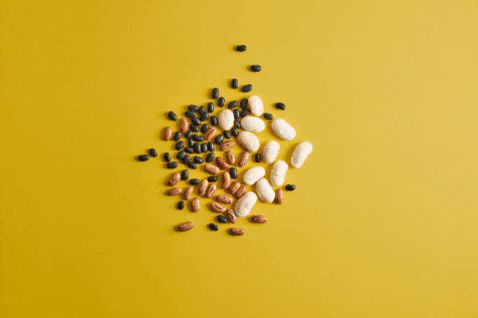


( @oswaldovaldesl.bsky.social )
( @oswaldovaldesl.bsky.social )
- is a misunderstand of Suzuki 2011's title
The use of common-meanings of words rather than their scientific meaning was aggravating.
"Cytokinins catalyse symbiosis"
- is a misunderstand of Suzuki 2011's title
The use of common-meanings of words rather than their scientific meaning was aggravating.
"Cytokinins catalyse symbiosis"
www.nature.com/articles/s41...
#plantscience

www.nature.com/articles/s41...
#plantscience

"About How Nitrate Controls Nodulation: Will Soybean Spill the Bean?" explores how nitrate regulates nodulation in legumes, focusing on key molecular players & soybean.
🔗 onlinelibrary.wiley.com/doi/10.1111/...
#PlantBiology

"About How Nitrate Controls Nodulation: Will Soybean Spill the Bean?" explores how nitrate regulates nodulation in legumes, focusing on key molecular players & soybean.
🔗 onlinelibrary.wiley.com/doi/10.1111/...
#PlantBiology
Almeida-Silva, F., Cardoso-Silva, C. B. et al.
Paper
Details
#SoybeanNodulation #BetaGlucosidases #CytochromeP450Genes
Almeida-Silva, F., Cardoso-Silva, C. B. et al.
Paper
Details
#SoybeanNodulation #BetaGlucosidases #CytochromeP450Genes



doi.org/10.1094/MPMI...

doi.org/10.1094/MPMI...
🗓️ 12:00pm AEST
🔗 bit.ly/4k2gsvD

🗓️ 12:00pm AEST
🔗 bit.ly/4k2gsvD
"Virus-Induced Gene Silencing as a Powerful Tool for Functional Analysis of Nodulation in Soybean"
A fast, reliable VIGS method to study nodulation genes in soybean! Discover how we overcame transformation challenges.
📖: doi.org/10.1111/pce.... #plantbiology #VIGS

"Virus-Induced Gene Silencing as a Powerful Tool for Functional Analysis of Nodulation in Soybean"
A fast, reliable VIGS method to study nodulation genes in soybean! Discover how we overcame transformation challenges.
📖: doi.org/10.1111/pce.... #plantbiology #VIGS
We plant one nitrogen fixing tree for every two fruit trees, We can chop-and-drop the nitrogen fixer periodically and add the trimmings to the base of fruit trees.
We’re essentially growing our own fertility in situ.


We plant one nitrogen fixing tree for every two fruit trees, We can chop-and-drop the nitrogen fixer periodically and add the trimmings to the base of fruit trees.
We’re essentially growing our own fertility in situ.

